
The Reign of Charles the Great
By ptrboban

08 Sep, 2023

In the history of Europe, few figures stand as powerful as Charles the Great, known more commonly as Charlemagne. Starting to reign in 786, he succeeded to create an empire that would redefine the continent.
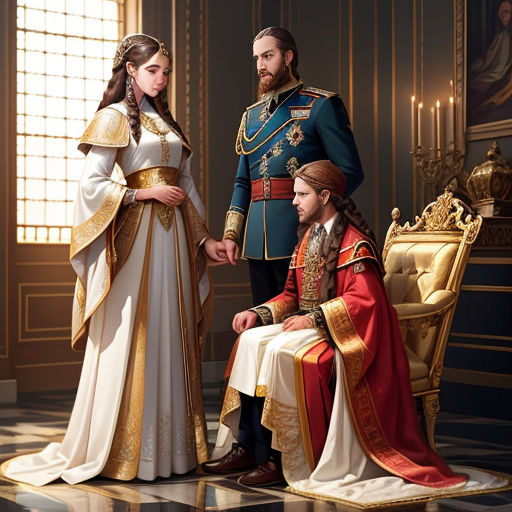
Charlemagne was thrust into power after the death of his father, Pippin the Short. Influenced by his mother, Bertrada of Laon, he began laying the foundation of his empire.
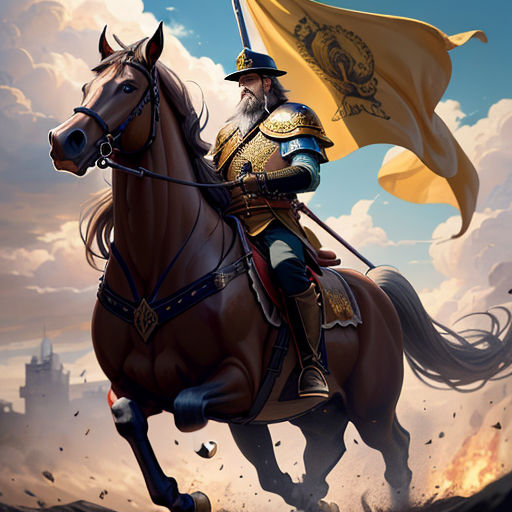
Throughout his reign, Charlemagne fought wars against many lands. He had a keen command over his troops which contributed to many of these victories.
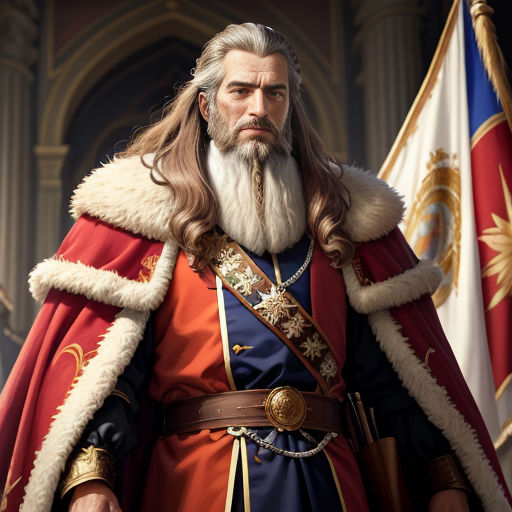
He embarked on his conquest towards Lombardy in 773, and by 774, had annexed the vast kingdom under his reign.
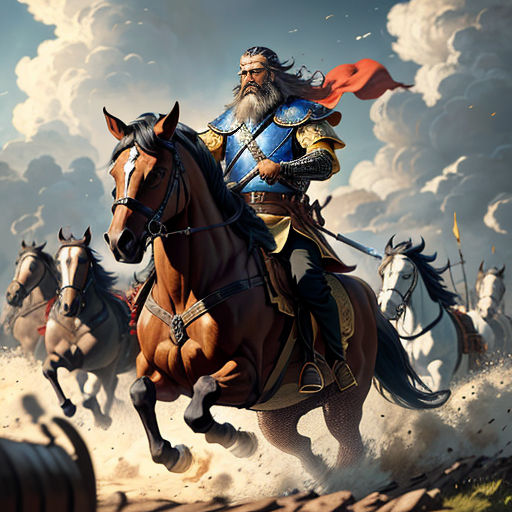
Charlemagne's most arduous undertaking was the thirty-year war against the Saxons, a fierce Germanic tribe that resisted his rule.
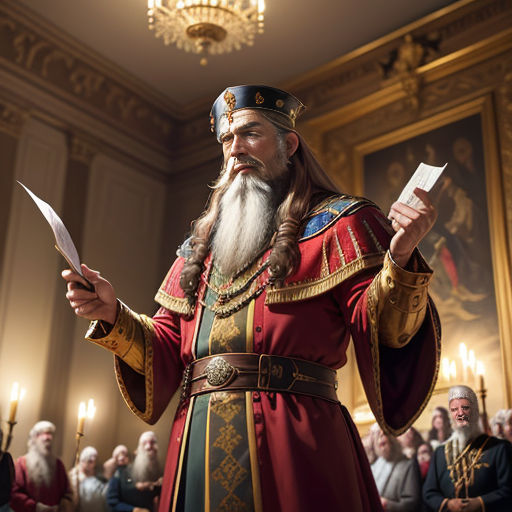
Despite the challenges, by 804, the Saxons were incorporated into his empire, securing his control over most of Western Europe.
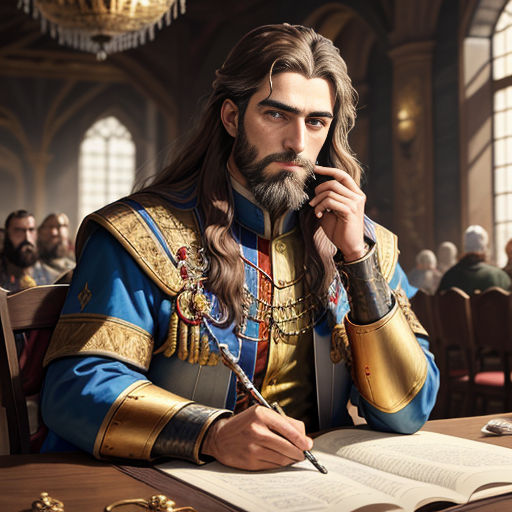
Charlemagne also waged wars against the Moors of Spain and the Avars of Austria, expanding his empire and influence.
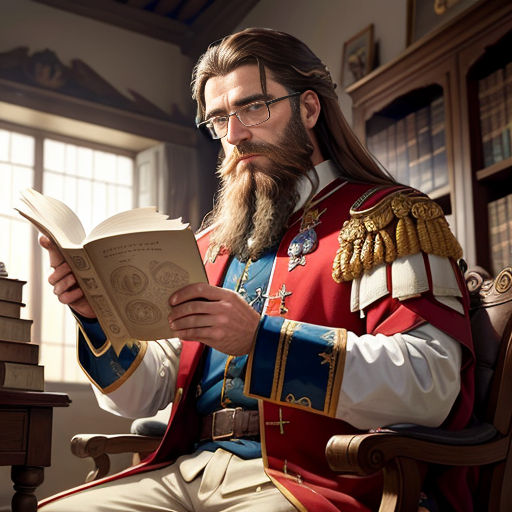
His contemporary, Einhard, provides an extensive account of the king's military expeditions and attributes much of his success to his military genius.

Under Charlemagne's rule, the Frankish kingdom flourished, giving rise to the Carolingian Renaissance, a period of cultural and intellectual activity.
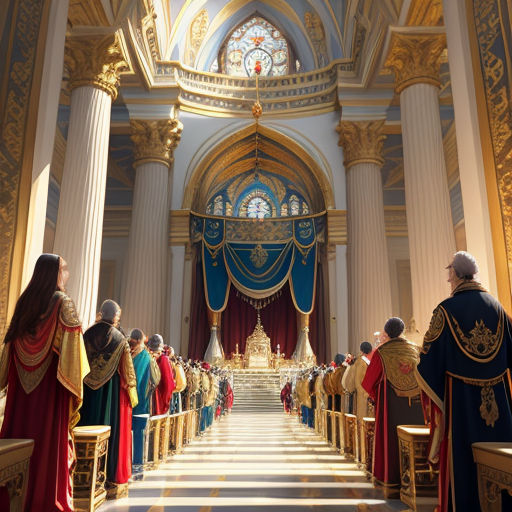
Charlemagne's crowning achievement, however, came in 800 A.D., when he was enshrined as Emperor of the Romans, a title last held by Romulus Augustus.
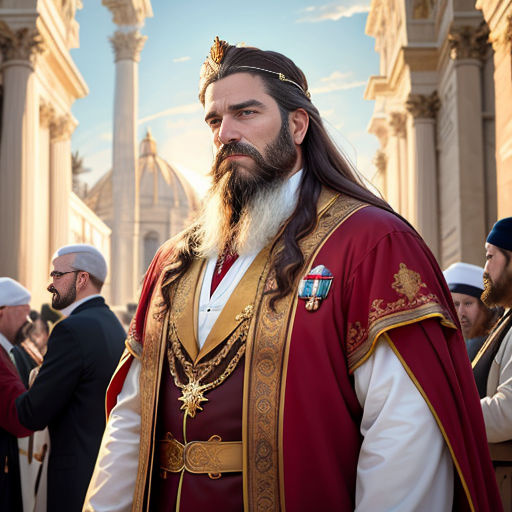
The monumental event took place at St. Peter’s Basilica in Rome, on Christmas day, setting a historical milestone.
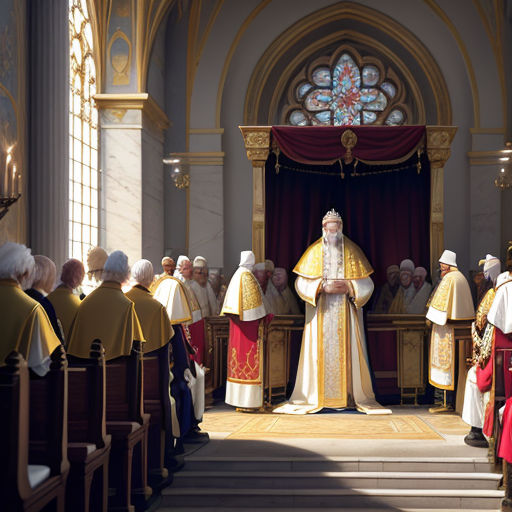
Pope Leo III performed the inauguration, placing a golden crown upon Charlemagne's head, signifying his new status as the Holy Roman Emperor.
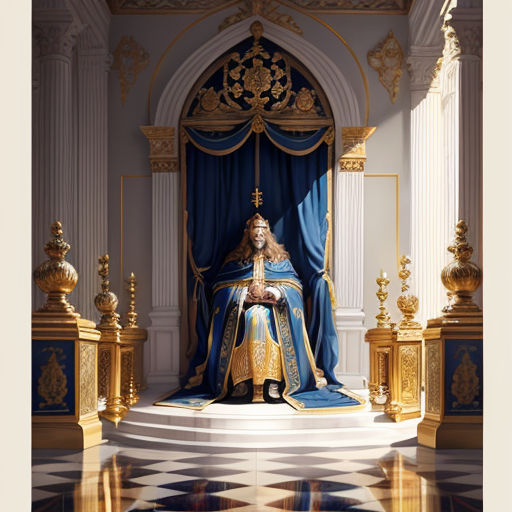
Although unexpected, Charlemagne accepted the title, forever linking his name with the ancient emperors of Rome.
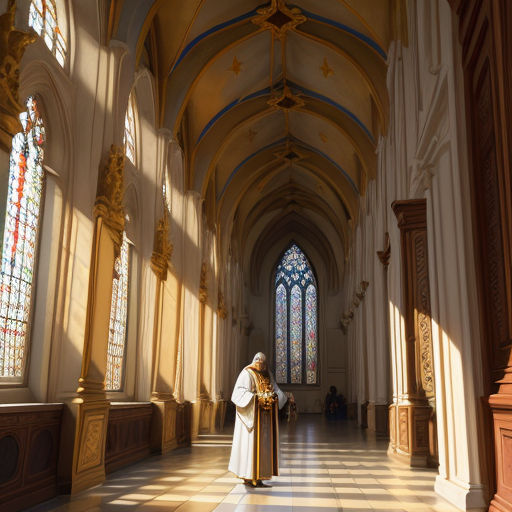
A contemporary source, Ainchard of Saint-Riquier, describes the scene, "a light from heaven seemed to envelop the king," signifying divine approval.
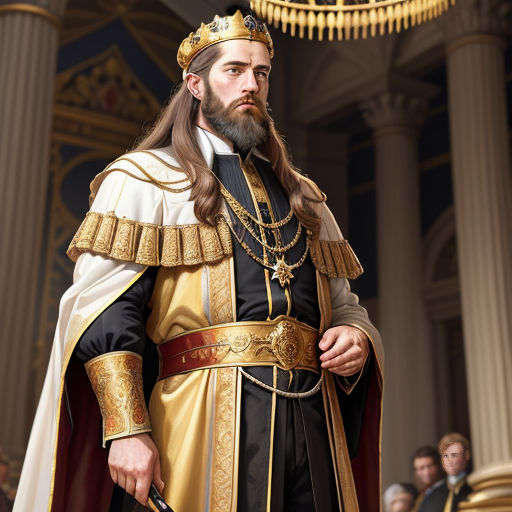
Images from the period depict Charlemagne as a towering figure, his golden crown glinting, his scepter held high, and an aura of power and authority radiating from him.
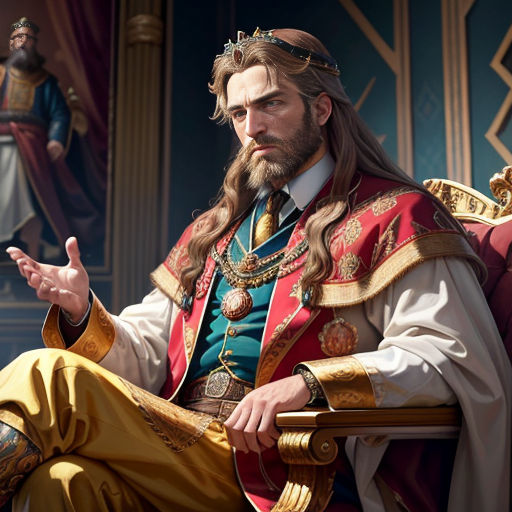
His physical image was often combined with symbols of power, such as lions and eagles, in artworks, strengthening the image of a powerful emperor.
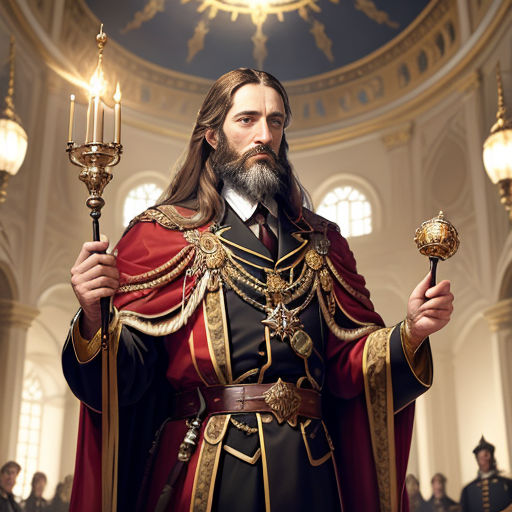
His clothing was always richly adorned, signaling his high status, and he was often surrounded by his court, demonstrating his control and influence.
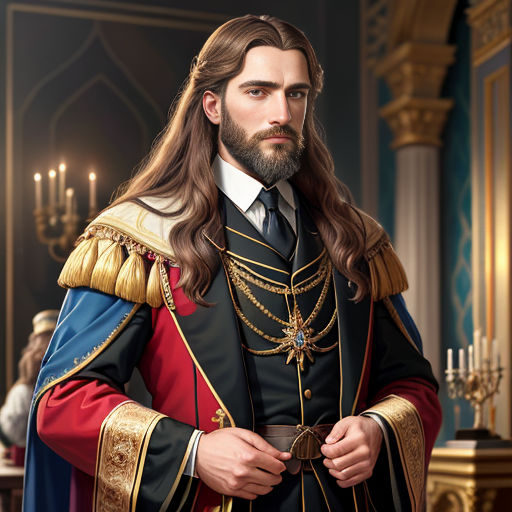
His portraits portray a sharp, intelligent gaze and a determined, strong jaw, hinting at a man of ambition, power, and wisdom.
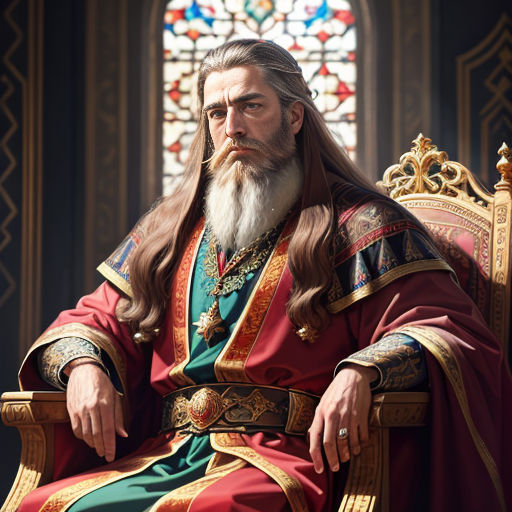
These depictions created a lasting image of Charlemagne, which has carried on through centuries, influencing the perception of future rulers.
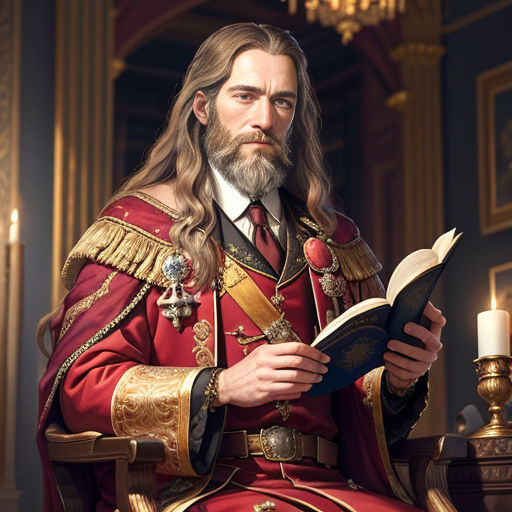
Charlemagne's reign ended in 814, but his legacy continues to shape the course of European history.
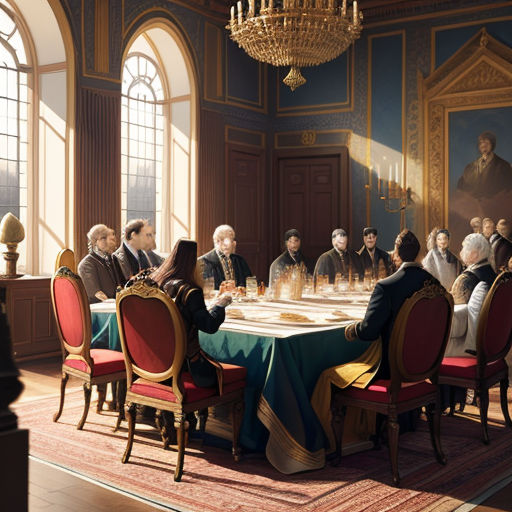
His empire, which stretched across most of Western Europe, set a precedent for future empires and kingdoms.

His cultural reforms led the way for an era of enlightenment, setting the stage for the cultural and intellectual awakening that followed.
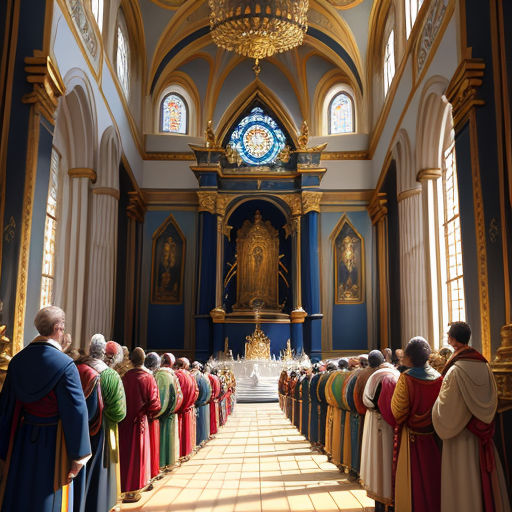
In death, as in life, Charlemagne's influence remained potent. His successors built upon the foundation he laid, shaping the future of the continent.
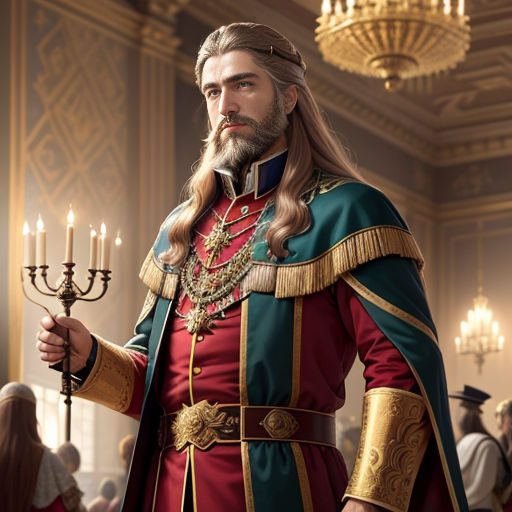
The Frankish Empire, later known as the Holy Roman Empire, endured centuries after his death, testament to his enduring influence.
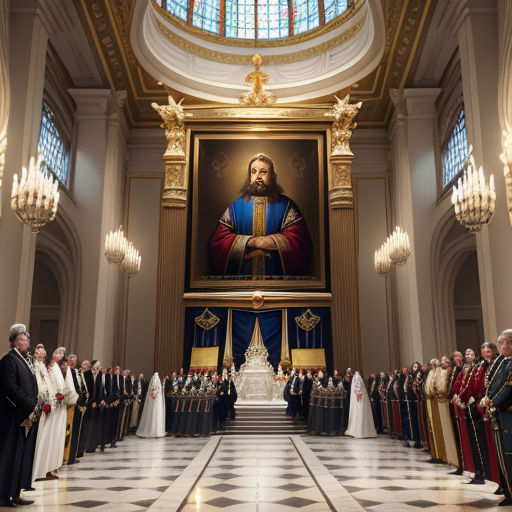
Indeed, Charlemagne’s reign was a pivotal moment in European history, the echoes of which are still felt today.